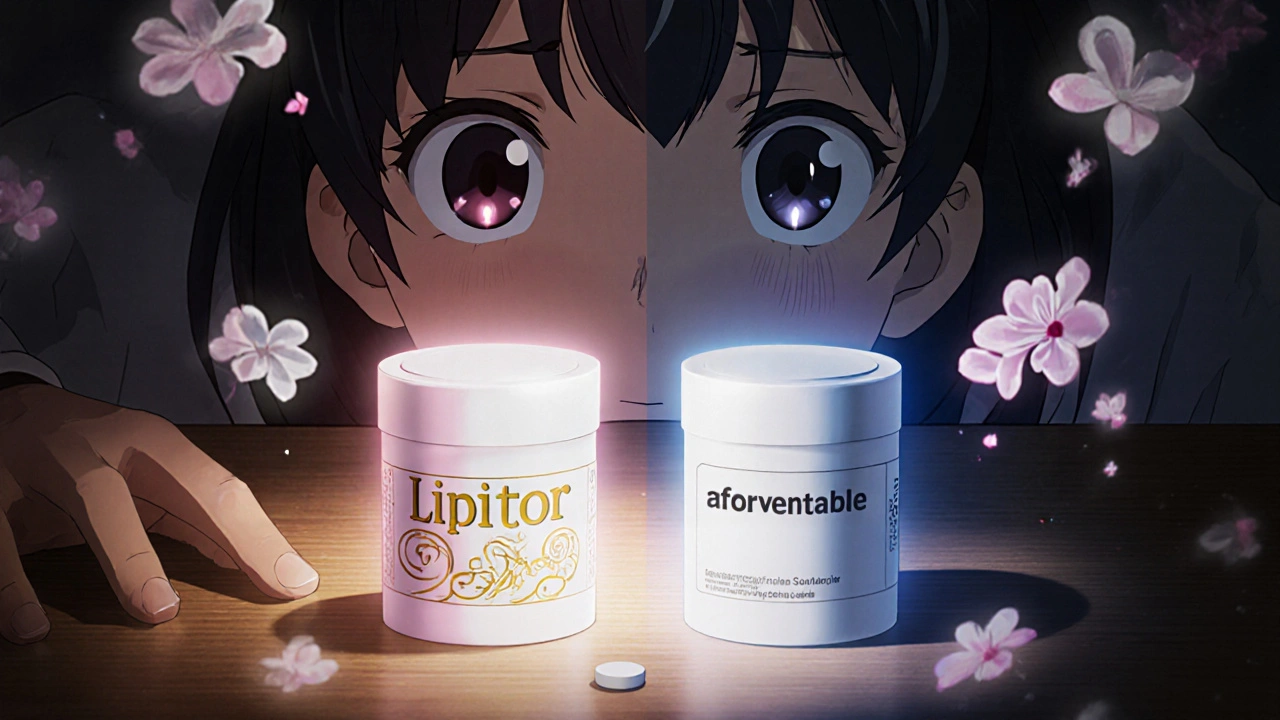Generic Drugs: What They Are, How They Work, and What You Need to Know
When you hear generic drugs, medications that contain the same active ingredients as brand-name pills but are sold under their chemical name. Also known as generic medications, they are approved by health regulators to work the same way as the original—just at a fraction of the cost. Most people assume switching to a generic is just a simple price cut. But what happens when your body has been stable on a brand for years? What if the filler ingredients change? And why do some patients swear their generic doesn’t work the same?
Bioequivalence, the scientific standard that proves a generic drug delivers the same amount of active ingredient into the bloodstream at the same rate as the brand is the backbone of every generic approval. The FDA requires generics to match brand drugs within 80–125% of the original’s absorption. That’s not a guess—it’s a lab-tested rule. But bioequivalence doesn’t mean identical. Different fillers, coatings, or manufacturing processes can affect how a pill breaks down in your stomach. For most people, this makes zero difference. For others—like those on narrow-therapeutic-index drugs such as warfarin, thyroid meds, or seizure treatments—it can mean the difference between control and crisis.
Drug interactions, how one medication affects another in the body don’t disappear just because you switched from brand to generic. Tamoxifen and SSRIs, for example, still interact the same way whether the tamoxifen is branded or generic. Cimetidine still blocks liver enzymes the same way, making dofetilide dangerous regardless of who made it. The active ingredient is what matters in these cases. But here’s the catch: if you’re on multiple meds, and your pharmacy switches your generic supplier without telling you, you might be getting a different formulation each time. That’s not illegal—it’s common. But it’s something you should track.
Cost is the biggest reason people choose generics. They’re often 80–90% cheaper. But money isn’t the only factor. Brand-name drugs, originally developed and marketed by pharmaceutical companies under a patent carry trust—not always because they’re better, but because they’re familiar. Older adults, especially, stick with them out of habit or fear. Younger people, armed with data and budget constraints, switch without hesitation. Both sides have valid points. One isn’t right, and the other wrong. It’s about fit.
Some of the most important questions around generics aren’t about chemistry—they’re about psychology. The nocebo effect, when expecting side effects causes you to feel them, even if the drug hasn’t changed plays a huge role. If you’re told your generic might not work as well, your brain might start sensing side effects that weren’t there before. Studies show people report more side effects after switching to generics—even when the drug is identical. That’s not weakness. It’s human.
And then there’s the legal side. Generic patent law, the complex system of rules that determines when a brand-name drug can be copied is full of delays. Companies extend patents with minor tweaks. Courts rule in ways that block generics for years. That’s why some drugs stay expensive long after their patent should’ve expired. The result? You might have access to a generic today, but not next month—or not at all, if the manufacturer decides it’s not profitable to make.
What you’ll find below are real stories and hard facts about what happens when people switch, what goes wrong, and what rarely ever does. From thyroid meds that need precision to antidepressants that change how you feel, these posts don’t just explain the science—they show you how to protect yourself. Whether you’re saving money, managing a chronic condition, or just trying to understand why your pills look different now, this collection gives you what you need to decide with confidence—not fear.
